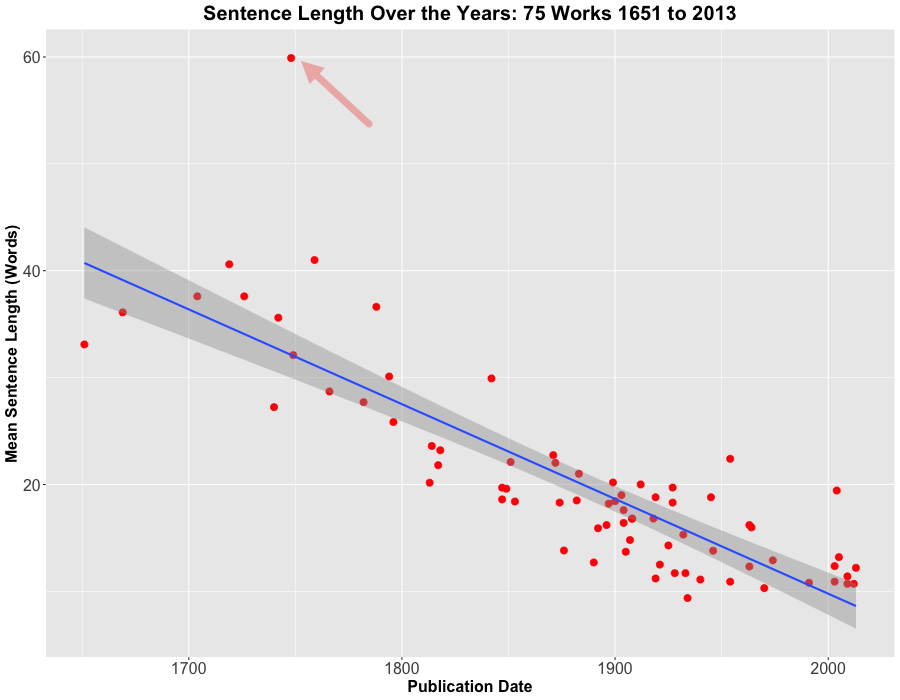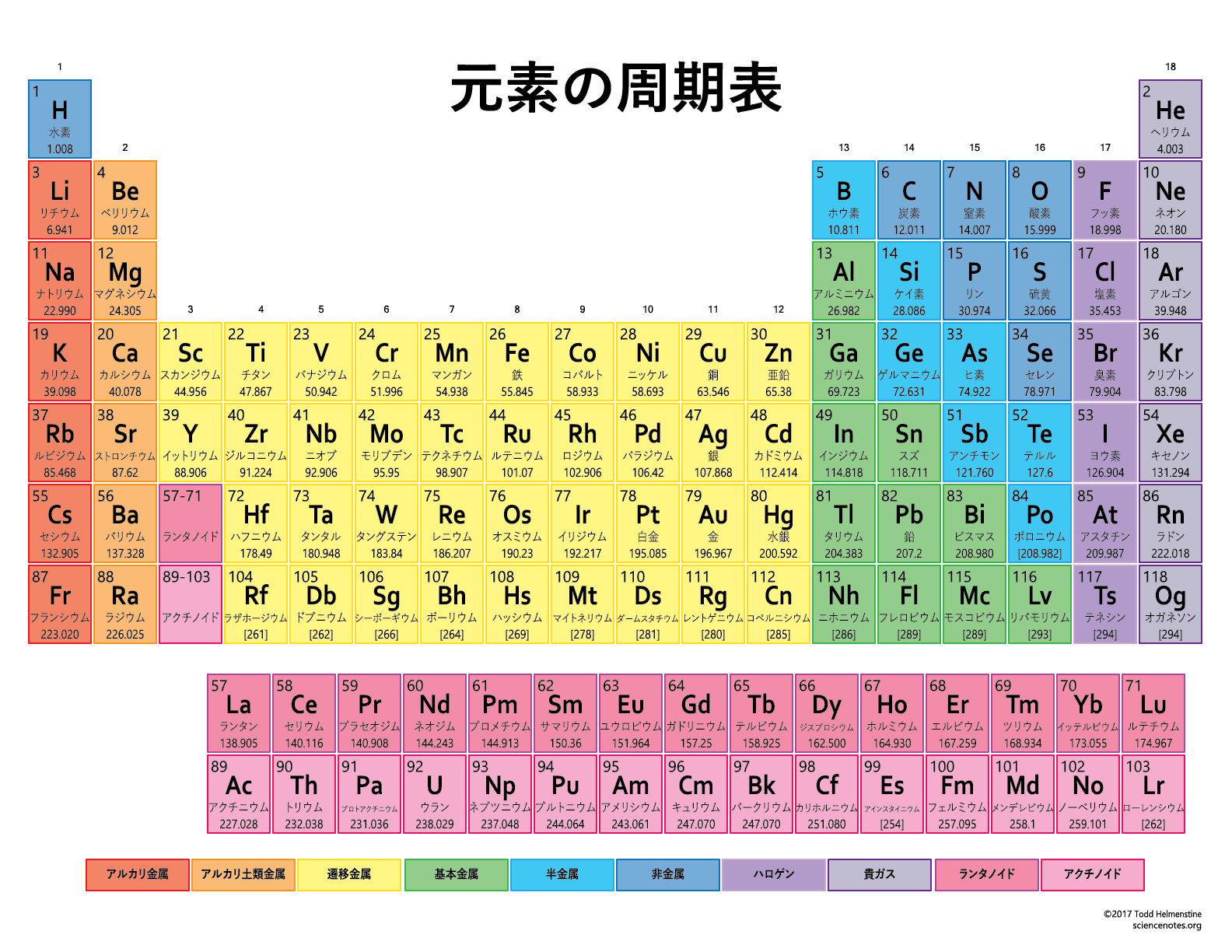Political flapping and voicing of coronal stops
Trader Joe? pic.twitter.com/ICvLmuAoHT
— mass ave curmudgeon (@mass_ave) May 26, 2022
In most varieties of American English, coronal stops (/t/, /d/, /n/) that are not in the onset of stressed syllables are generally realized as ballistic "taps". And in these contexts, lexical (or historical) /t/ also loses its voicelessness.
So for most of us, traitor and trader are homophones.
Read the rest of this entry »



